Plumbing advice
Home water systems explained
01 Mar 2021 • 13 minutes
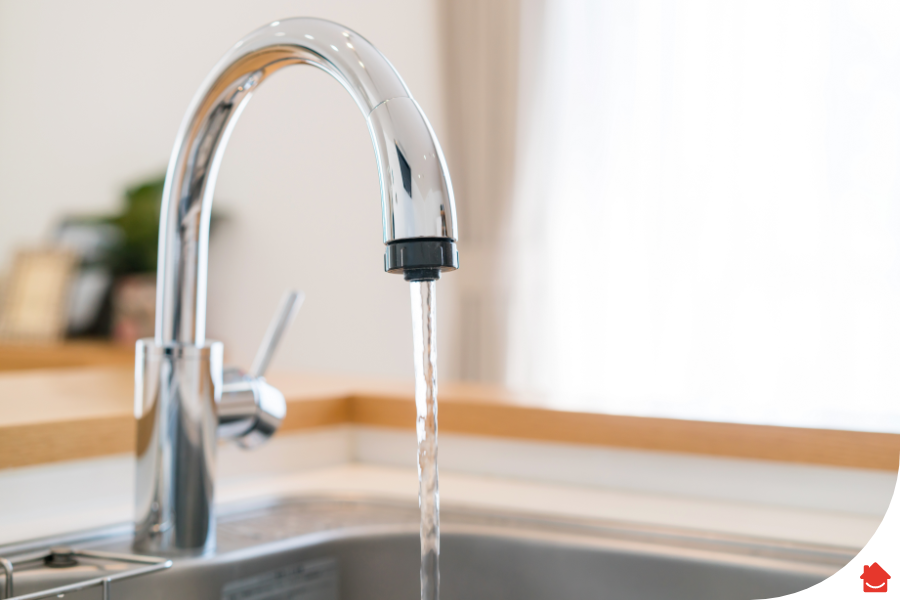

If you’re a new homeowner or first-time buyer, that fresh feeling of independence comes with a whole list of appliances and systems to get your head around in the home. If you’re not sure where to start, we can help.
This guide will tell you all you need to know about your home water system; how your water is supplied and how water waste is taken care of. Plus we’ll tell you how to turn your water supply off if you need to. Discover what you’re responsible for as homeowners and what you can rely on from the water company and from trusted water partners if you need support.
It’s important to know which type of water system you have so that you know how to turn off your water supply. It’s well worth testing this before you need to carry out a repair or a fix a leak. Then, if you do have an emergency in the future, you’ll know exactly where to find the right taps, valves and stop taps, and how to turn them off.
The first thing you need to know is how to find your way around your water system.
There are two parts to your domestic water system:
The water that comes into your home generally comes from the mains, which is drinkable (wholesome) water and it’s under pressure.
The pressure is the force that pushes your water through your pipes. Water pressure also determines the flow of water from the tap. The amount of pressure at your tap can depend on how high the service reservoir or water tower is above your home, or how much water other customers are using.
Water pressure is carefully managed to contend with that other force, gravity. It’s your water supplier’s responsibility to make sure the water pressure is high enough to get around your entire home. It must be high enough to supply enough pressure to, say, the en-suite shower on the top floor, but not too high that it causes damage to your plumbing fixtures.
It’s for this reason that the altitude of your property can also affect your water pressure – did you know that homes at the top of a hill may receive lower pressure than houses at the bottom? However, if you have a water meter installed, you shouldn’t notice any difference.
You’ll know when you have low pressure because it can reduce water flow to a trickle and it will take you an age to fill a kettle or a cistern. In fact, some modern heating appliances and showers won’t work below certain pressure levels.
Low pressure can be caused by a number of things. During high-demand times of the day – such as the morning when everyone’s showering, or early evenings when children are being bathed – pressure can be lower than during the rest of the day.
There can also be problems during dry spells when people use hosepipes or sprinklers to water their gardens. (You might have heard of hosepipe bans in the UK. These happen when water companies are struggling to cope with demand and they issue daily updates – usually during the summer.)
Other causes of low pressure can include:
These are all your water supplier’s responsibility.
Water pressure that’s too high can damage plumbing fixtures, which may cause flooding. The main causes of high water pressure are:
Top tip: If the pressure from the mains is low, check to see if your stop tap is completely open. A partially closed stop tap will reduce the flow into your home. (Read on if you need to know where your stop tap is.)
If you’ve noticed low water pressure in the shower specifically, we’ve got a handy guide to get to the bottom of the issue.
This is where we come back to our old friend, gravity. Your used water or ‘wastewater’ drains from your home with the help of gravity. This is why the positioning and angles of pipes inside and outside your home are crucially important.
There are two types of drainage systems, combined drainage systems and separate systems.
A combined drainage system or a single-stack system is usually found in older properties built prior to 1970. Your rainwater runoff and wastewater are collected in a single pipe. This large pipe (with a vent positioned above the level of the roof or gas to escape) connects all the waste in the home and feeds down to the sewer.
The two-pipe system is usually found in properties built after the 1970s and has different pipes for household wastes and rainwater. The household (toilets, sinks, baths etc) waste pipe sends waste directly into the manhole inspection chamber, before leading into the sewer. Whereas the rainwater drain will direct water to soakaways including streams and rivers.
Your wastewater is drained away and taken for treatment by your local water company through the sewerage system.
If it can’t be removed by your local water company (because of your home’s location, for example) there are a number of options:
So, back to the supply side of things:
There are several types of water systems. The most basic distinction is whether yours is direct or indirect. It’s important to know this if you need to turn the water off, particularly in an emergency, as you’ll see below. We’ll explain the differences and how they work.
With direct water systems, the water is fed into your home directly from the mains. This means your mains water pipe is usually located downstairs under your kitchen sink.
More modern houses are usually equipped with a direct water system.
Every property should have one tap of wholesome water and another fed indirectly from a tank. An indirect system is fed by a tank, which is typically located in your loft or attic to provide the necessary pressure from gravity. The mains fill your tank and then the water is distributed around your home.
This is the most common type of water system in the UK, and there are several types of indirect water systems – the main differences are about how your boiler is incorporated into the system.
The great thing about indirect systems is there’s a degree of flexibility. If the mains are turned off or pressure is low, for example, you have a stored supply of water to run off until the mains flow returns.
However, indirect systems are significantly more expensive to install, there’s the risk of contamination of stored water and they can be problematic when the demand for water is higher than normal.
If you have a plumbing disaster, you’ll need to turn off the water immediately to stop water from flooding your home. You’ll also need to turn off the water to replace tapware or a plumbing fixture – though at a more relaxed pace.
Ideally, you will have isolation valves on the pipe supplying your appliance – whether it’s a toilet or sink – so that they can be turned off individually, isolating where the leak is coming from. However, if your appliances don’t have these, you need to go to the source.
In most homes, the water supply enters under the kitchen sink. Look for a large tap that can be turned off to stop all the water from coming into the house.
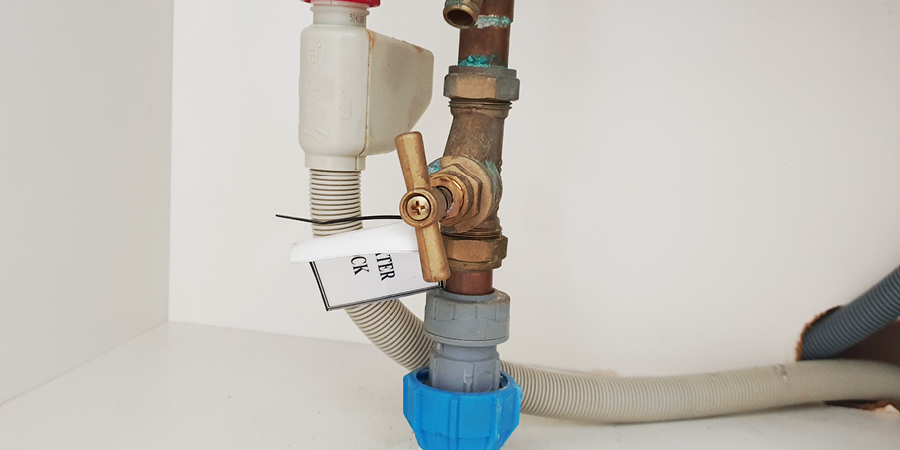
Every home should have a stop tap, even if it is old and jammed. It might be a lever tap or a tap fitted near the water meter.
When you move into a new home, it’s worth finding it and testing it before you have an emergency.
If you can’t find a stop tap under your kitchen sink, look outside on the street where there should be a small Access Cover, generally marked with “Water” or a “W”.
You can lift this Access Cover (you may need to prise it open with a heavy-duty flathead screwdriver). Inside will be your water meter and a stop tap. It may be covered in polystyrene insulation (to stop it from freezing in winter).
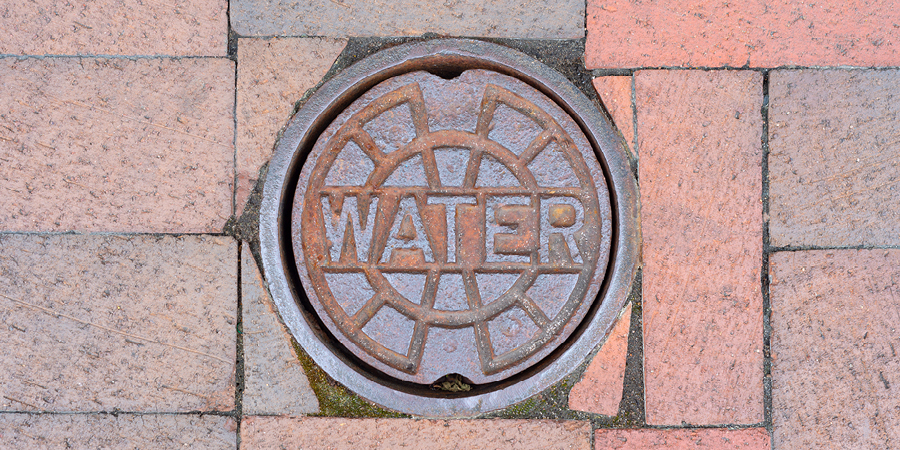
Warning: If you are turning off a stop tap outside, make sure it’s for your house! Please note this image is an example and yours may be different.
It can be difficult to tell which Access Cover is for which home when there are a number of houses close to each other on the street, or if you live in a house that has been split into flats.
Don’t risk potentially damaging an appliance in a neighbour’s home by turning off their water mid-flow.
Turning off the stop tap might require a special key, which might be kept in the meter casing or hole. It’s worth knowing this and where the key is so you know exactly what to do if you have an emergency.
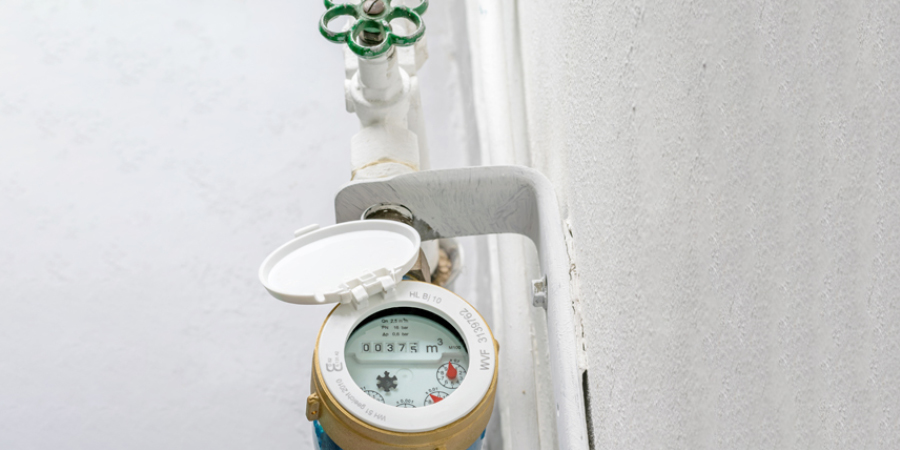
A modern water meter and stop-cock, with a key to turn it off. Please note this image is an example and yours may be different.
For an indirect system, turning off the mains water stop tap won’t immediately stop water flowing from taps. It will only stop the water storage tank from being refilled because the water from the mains is collected and held in the storage tank. The water will actually keep being supplied from the tank until it’s empty, which may be a while and certainly won’t help in an emergency.
To turn your water supply off, you’ll need to isolate your water storage tank from the rest of your house.
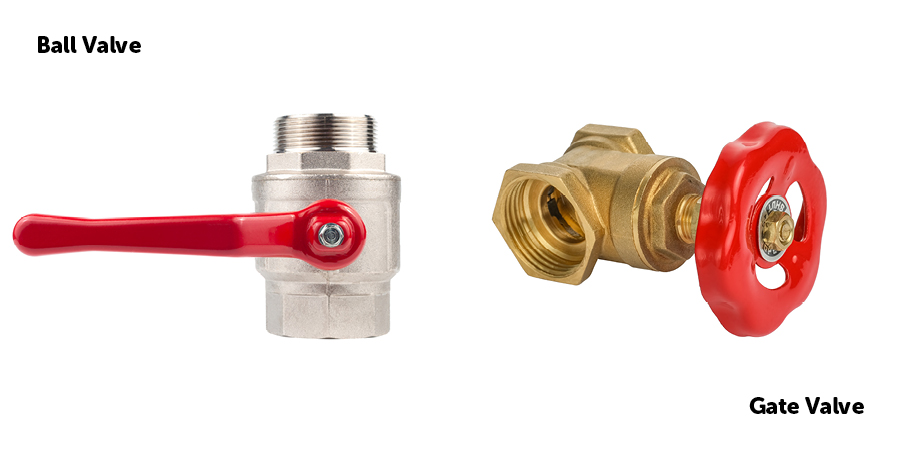
A gate valve versus a lever tap with a ball valve.
Who is responsible for the pipes supplying water to your home? It may seem like a blurred line, but Ofwat, the Water Services Regulation Authority, has the definitive info on this. In summary:
Responsibility for the pipework that supplies clean water is shared between property owners and water companies.
There are three different types of water pipes.


Now you know which pipes are your responsibility, you’ll be able to make decisions when you’re doing renovation work or repairs.
With plumbing and drainage cover you’ll be protected when it comes to things like burst pipes, blocked drains and dripping taps.
There are two parts to your home water system; supply and drainage. Your home may have a direct or indirect water supply system. There are also two types of drainage systems; the single-stack system and the two-pipe system.
If your home has a direct water system, mains water goes directly to your boiler to be heated then your hot water cylinder, which supplies your taps and shower. With an indirect system, mains water goes up to a cold water storage tank, then to the boiler, to hot water cylinder and then to your appliances.
There are two parts to a home water system: The first part brings in clean water, and the second part takes away wastewater. The water comes in from the mains and goes directly to your boiler or to a cold water tank, to be heated for hot baths and showers. The wastewater drains into the sewer below.
Our help & advice articles cover Plumbing, Home heating, Electrical, Energy-saving and Home maintenance.